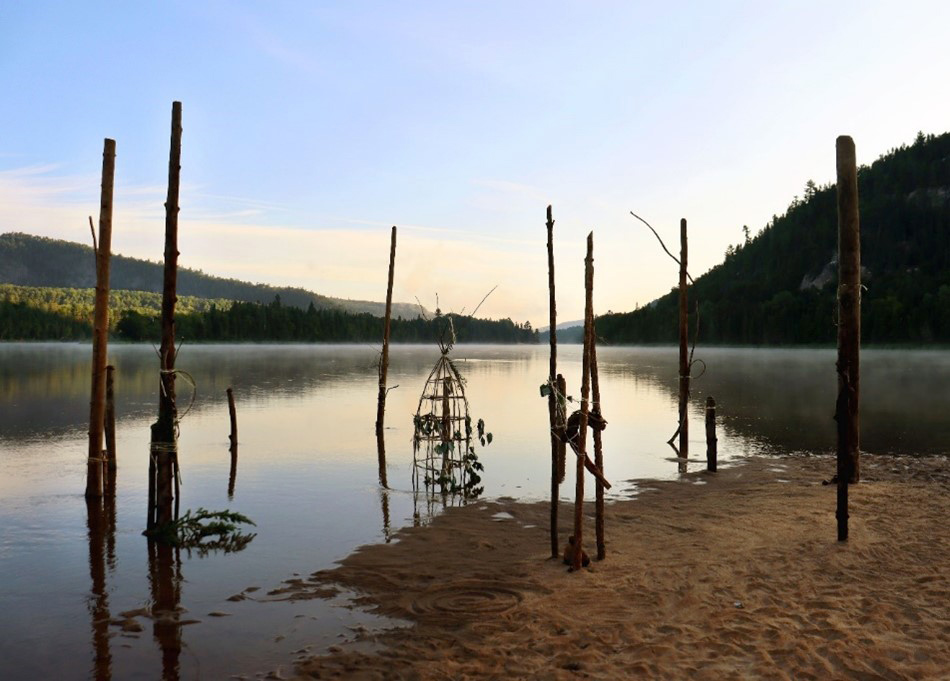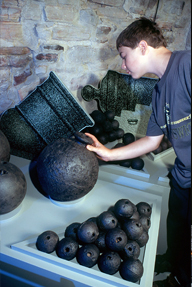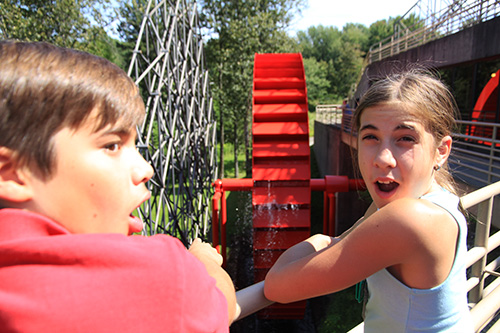
Exhibitions
Forges du Saint-Maurice National Historic Site

Tapiskwan Sipi, Threading-of-the-needle River temporary exhibition
The exhibition Tapiskwan Sipi, Threading-of-the-needle River, invites you to immerse yourself in a unique project, realized in the summer of 2022 as part of the 10th Biennale nationale de sculpture contemporaine of Trois-Rivières, in collaboration with Coop Nitaskinan (French only). Professional artists Jacques Newashish and Cyndie Lemay, Gabriel Mondor and Wikwasa Newashish-Petiquay present photographic works, sculptures, artifacts and an art video resulting from artistic interventions made during the descent of the Saint-Maurice River between La Tuque and Grandes-Piles.
Exhibit featured upstairs in the Grande Maison during the historic site's opening hours.

The grande maison
Your first stop upon arriving at the Forges is the Grande Maison (the "ironmaster's house"). Our personnel will be on hand to welcome you and give you updates on the activities and services offered.
The Grande Maison, which once was a private residence, an administrative centre, a store and a warehouse, today houses a series of exhibits which recount the exceptional history of the Forges du Saint-Maurice, the first industrial community in Canada.
On the ground floor, you will meet the three most important figures in the history of the Forges. Following this, you will go down into the original cellars of this impressive building.
The cellars feature exhibits of the products which made the Forges famous for more than 150 years. The outfit was initially founded in order to fulfill the needs of the king of France (the Forges and the war). During a second phase, the company contributed significantly to the development of the country (the Forges and the colony). Finally, the Forges played a role in efforts at modernizing iron and steel production in Canada (the Forges and industry).
The blast furnace

The archaeological vestiges of the blast furnace have been displayed in a way that may be initially surprising. The framework of metal tubing was designed to provide a gauge of the exterior volumes of the various buildings which at one time surrounded the blast furnace, forming an intricate complex with the latter.
The blast furnace was the very heart of the Forges. For more than 150 years, thousands of tons of pig iron were produced on this site, in what amounted to an important first step toward producing castings and wrought iron objects.
Come on in! The inside is as surprising as the outside.
What raw materials went into the production of cast iron? How and where was iron ore to be found? Why were limestone and charcoal used?
- Date modified :